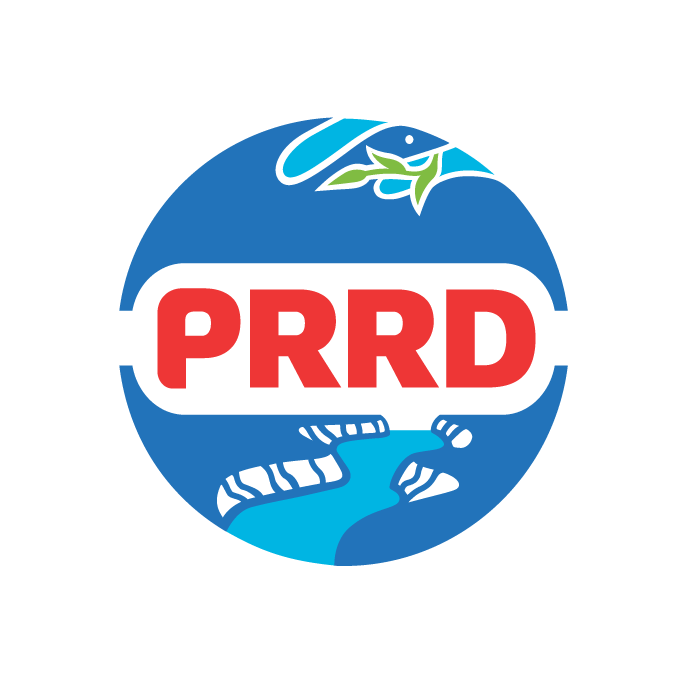The regional district creates a bylaw that outlines the purpose of the service, its boundaries and the maximum amount that may be requisitioned for that service.
Elections and Voting
The Peace River Regional District conducts general local elections every four years to elect directors for each electoral area. The PRRD also provides election process notices. This includes candidate nominations and voting dates. We are responsible for ensuring fair, impartial and compliant elections according to the Local Authorities Elections Act.
In the PRRD, voters in four electoral areas (B,C D and E) will be choosing Electoral Area Directors to represent their constituents on the PRRD Board. As well, members in seven member municipalities will be electing Mayors, Councillors and School Board Trustees; those individuals also provide representation on the PRRD Board of Directors.
The next local government election is scheduled for Saturday, October 17, 2026.
Chief Election Officer
The PRRD appoints a Chief Election Officer, who oversees all local elections administration activities including:
-
Receiving nomination documents and declaring candidates
- Administering voting opportunities
-
Counting ballots
-
Declaring election results
- Working with Elections BC to monitor compliance with election advertising regulations
Voting for New Services
Regional districts administer voting opportunities for new taxation services. They are responsible for establishing new services and determining how they will be funded through taxation. When a new service is proposed, the regional district must follow a specific process.
The service establishment bylaw must receive approval from:
-
The province's Inspector of Municipalities
-
Member municipalities and electoral areas that intend to participate in the proposed service
Generally, an elector approval process is required for the participating areas. This may involve:
-
A referendum
-
An alternative approval process
-
Other forms of public consultation
The regional district determines which areas will benefit from and pay for the new service. This can range from region-wide services to very localized services.
The regional district must distribute the tax burden to each participant based on a formula set out in the establishment bylaw.
The regional district board votes on the implementation of the new service. Depending on the nature of the decision, they may use:
-
Unweighted voting for region-wide issues
-
Weighted voting for budgetary matters
If approved, the regional district prepares a tax requisition for the new service, which is then provided to member municipalities and the Provincial Surveyor of Taxes for collection.
It is important to note that regional districts do not directly collect taxes. Instead, they requisition funds from member municipalities and the Provincial Surveyor of Taxes, who then levy and collect the taxes on behalf of the regional district.
Assent Voting
Assent voting or a referendum is a way for a regional district to ask voters if they agree with a specific proposal. As a voter, you get to decide whether the proposal should move forward or not. If more than half of the votes are in favor, the proposal goes through. This type of voting works like regular local elections and can happen at the same time as a general election, a by-election or as a separate vote on its own.
Alternative Approval Process
The Alternative Approval Process (AAP) is a way for local governments to check if enough people oppose a proposed idea before moving forward. If 10% or more of eligible voters sign and submit forms saying they’re against the proposal, the local government must then get voter approval through assent voting to proceed. This means the issue is seen as significant, and the local government has two options. They can hold a vote within 80 days or pause and consider other options.

Contact Us
Peace River Regional District (PRRD)
1981 Alaska Avenue,
Dawson Creek, BC
V1G 4H8
Stay Informed
Sign up to receive newsletters on important regional news and events





